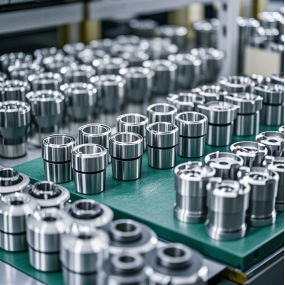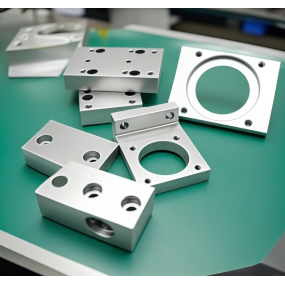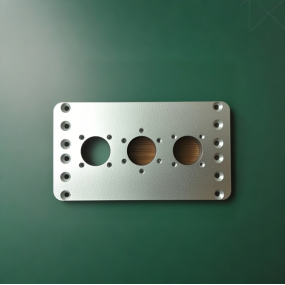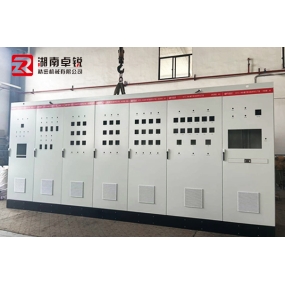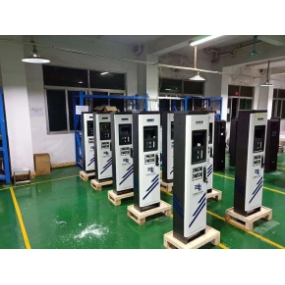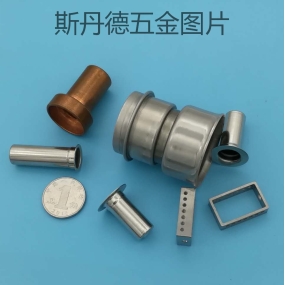What are the copper materials often used in Dongguan Sheet Metal Processing?
1. Magnesium alloy
Features: The lightest metal bonding material; high specific strength, fatigue resistance, impact resistance, good fluidity, good anti-static performance; poor corrosion resistance, easy to oxidize and burn.
2. Copper and copper alloys
Features: Good electrical conductivity, thermal conductivity, corrosion resistance, good gloss, easy plastic processing, easy electroplating and coating.
3. Aluminum and aluminum alloys
Features: Lighter metal junction material; good corrosion resistance, electrical conductivity and thermal conductivity; under the same weight, Al is twice as conductive as Cu, but the strength and hardness of pure aluminum are relatively low.
Uses: Aluminum is shiny and soft, and can be made into functional and corrosive materials of different colors and textures.
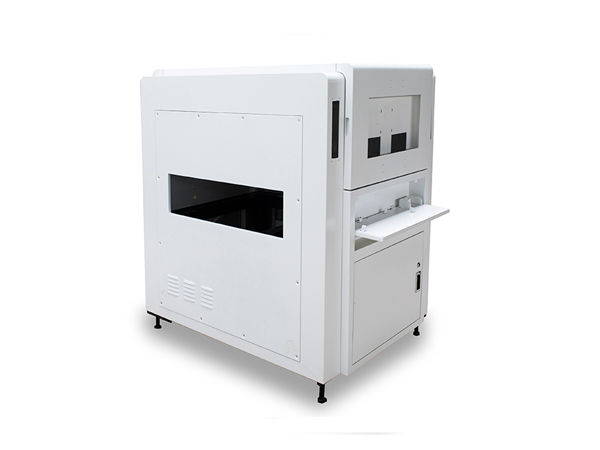 The mechanical properties of copper-zinc alloys are related to the zinc content; generally, the zinc content does not exceed 50%.
The mechanical properties of copper-zinc alloys are related to the zinc content; generally, the zinc content does not exceed 50%.
Features: ductility, good stamping, used in electroplating, good resistance to seawater and atmospheric corrosion. But the body is prone to local corrosion.
A class of copper-based alloy metals mainly composed of copper-tin alloys.
Features: Better wear resistance than pure copper and brass: good processability and corrosion resistance.
Copper alloys containing beryllium (Be);
Features: high strength, hardness, elasticity, wear resistance; high electrical conductivity, thermal conductivity, cold resistance; non-ferromagnetic. Uses: There are many electromagnetic shielding materials;
Pure copper, also known as red copper, is light rosy or light red, and after forming a copper oxide film, it appears purple-red.
Brass - copper and zinc alloy. The color changes from yellow red to yellow with the addition of zinc content. Brass has higher mechanical properties than pure copper and will not rust or corrode under normal conditions; it has better plasticity and is widely used in the machinery industry to make various layout parts.
Bronze - tin copper alloy (except zinc and nickel, other elements of Taiwan gold are called bronze). It has outstanding wear resistance, mechanical function, casting function and corrosion resistance. The content of tin in the alloy usually does not exceed 10%, and if it is too high, it will reduce its plasticity. In addition to tin, tin bronze is usually rich in a few elements such as zinc, lead, phosphorus, and nickel. Zinc can improve the mechanical properties and fluidity of concave-convex tin bronze. Lead can improve the wear resistance and machinability of bronze, but reduce its mechanical function. Nickel can improve the resistance, hardness, wear resistance and fluidity of bronze.
Copper-nickel alloys. They are divided into layout copper-nickel alloys and electrical copper-nickel alloys. Layout copper-nickel alloys have high mechanical function and good corrosion resistance. Electrical copper-nickel alloys usually have exceptional thermoelectric functions and are widely used in electrical skills. The famous industrial manganese copper, constantan, and test copper are manganese white copper with different manganese content. They are indispensable electrical materials for making fine electrical measurement instruments, varistors, thermocouples, electric heaters, etc.


 Spanish
Spanish Arabic
Arabic French
French Portuguese
Portuguese Belarusian
Belarusian Japanese
Japanese Russian
Russian Malay
Malay Icelandic
Icelandic Bulgarian
Bulgarian Azerbaijani
Azerbaijani Estonian
Estonian Irish
Irish Polish
Polish Persian
Persian Boolean
Boolean Danish
Danish German
German Filipino
Filipino Finnish
Finnish Korean
Korean Dutch
Dutch Galician
Galician Catalan
Catalan Czech
Czech Croatian
Croatian Latin
Latin Latvian
Latvian Romanian
Romanian Maltese
Maltese Macedonian
Macedonian Norwegian
Norwegian Swedish
Swedish Serbian
Serbian Slovak
Slovak Slovenian
Slovenian Swahili
Swahili Thai
Thai Turkish
Turkish Welsh
Welsh Urdu
Urdu Ukrainian
Ukrainian Greek
Greek Hungarian
Hungarian Italian
Italian Yiddish
Yiddish Indonesian
Indonesian Vietnamese
Vietnamese Haitian Creole
Haitian Creole Spanish Basque
Spanish Basque

